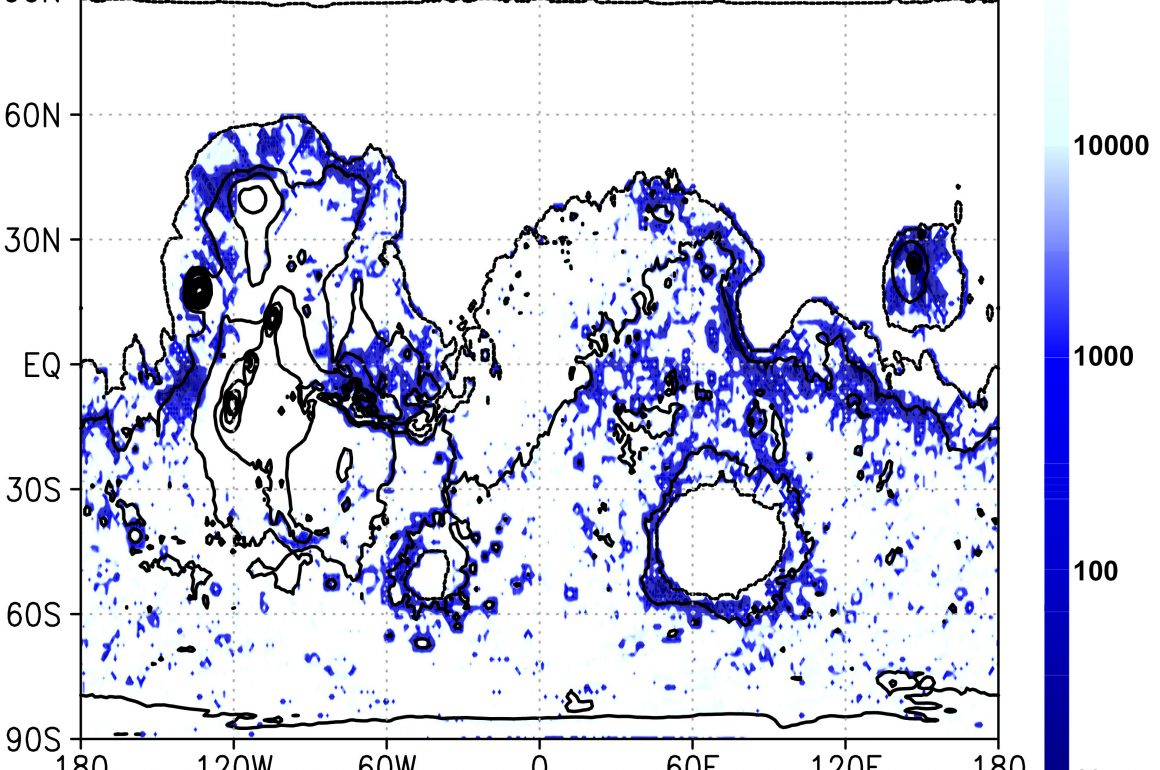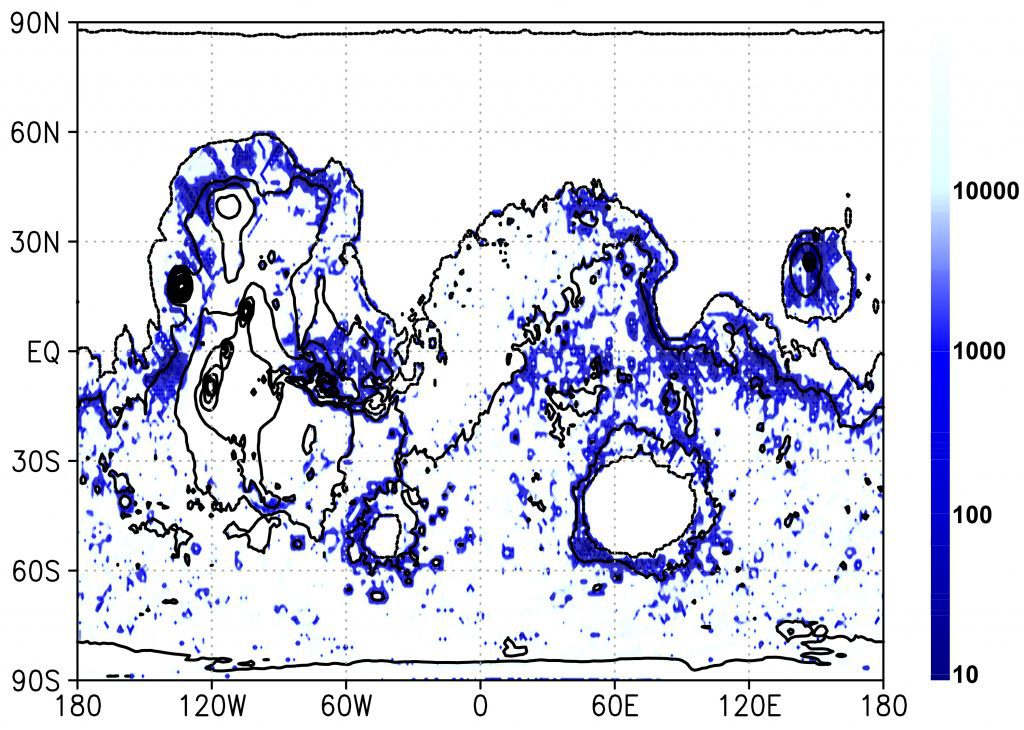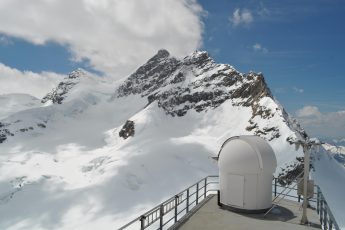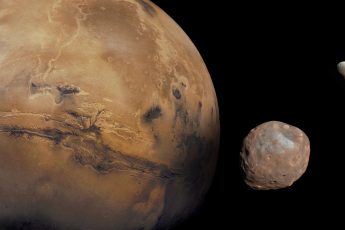Modeling for the formation of water channels on paleo-Mars

On the surface of Mars, there are many “flowing water topographies” (valley networks), which are thought to be traces of liquid water that formed about 3.8 billion years ago. However, the mechanism to maintain the warm climate necessary for their formation is unknown. This is because the Sun at that time was fainter than it is today, and the atmosphere was not sufficiently warmed by a carbon dioxide-rich atmosphere. We have developed a new model of the Martian climate and streamflow based on the Earth’s climate model, and have shown that Mars at that time could have had a cool and wet climate with rainfall in summer and snowfall in winter, and that if this climate continued for about a million years, the present streamflow topography could be formed. This is the first time to propose that flowing water could have existed on the surface of Mars without taking into account sudden global warming such as meteorite impacts and volcanic eruptions, although it does not explain all the flowing water features on Mars [see details in Kamada et al., 2020]. Future research will take into account topographical changes and glacial erosion on early Mars, and will also apply the results to water-bearing rocky planets such as Titan, which contains a methane ocean, and Earth-like planets, which exists somewhere outside the solar system, in order to examine their climates and the environments that could lead to the development of life.






